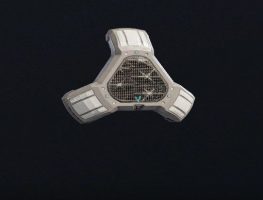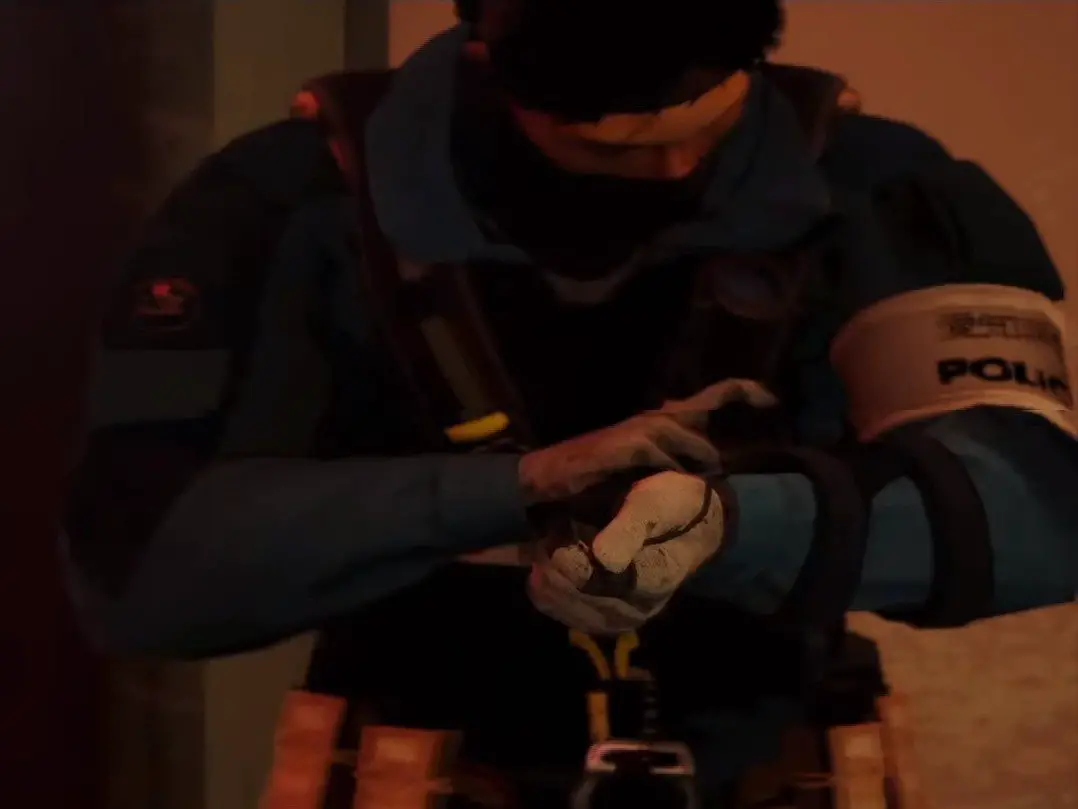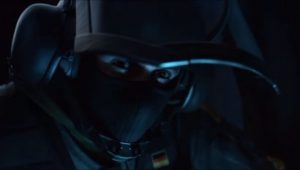Introduction
What anchoring is
Why defenders need anchors
- killing defending team
OR - completing an objective within a given time frame

Anchoring operators
However, this changed with the Y5S3 patch which introduced new magnification scopes and removed ACOG from guns that are not DMR types of weapons. As a result, only TCSG12 has access to ACOG (Kaid & Goyo).
Now, many operators who tend to anchor have access to 1.5x scope.
Non-anchors
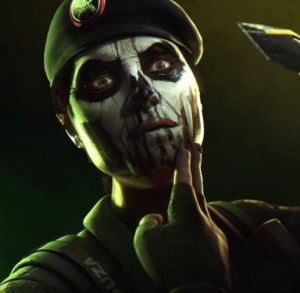
How to anchor
- where the attackers are likely to come from
- which entrances & angles your teammates have covered
- how to hold an angle

Holding angles
Main rules for holding angles
- Angle held is uncommon and inconspicuousAt the beginning of your journey with Siege, your biggest weakness may actually be one of the assets.What am I talking about? Lack of experience and tendencies.Over time players learn usual spots and hold angles that are used by others. On the one hand, this is beneficial as standard angles can be great spots. However, there is also a downside to using common angles – you may get pre-fired and become predictable.Just like basically in every other aspect of Rainbow Six Siege creativity and surprising an enemy are both great tools increasing your odds of winning the round.As you gain experience, try to think outside of the box and mix up angles.
- The body is concealed as much as possibleMake sure the body of your operator is as hidden behind obstacles as feasible. Least body parts exposed results in higher protection and an increased chance of surviving a gunfight.
- Not exposed to angles that you are not controllingKnowing which angle to hold safely and where enemies can hit you from comes with experience and map knowledge.If you are a new player to Rainbow Six Siege, do not be harsh on yourself and try to watch where the enemy killed you from. This way, you can learn and prevent recurrence of the same situation in the future.
The enemy has to turn the corner
This tip applies mainly to holding an angle on the door or window. The advantage arises thanks to the enemy having to identify your location and to take time to adjust his aim. Meanwhile, you know exactly where an enemy is and have little need for crosshair adjustment.
Example: instead of holding angle standing in front of the window, stand on the side. This way, the enemy has to turn to the side after vaulting. Increases difficulty of hitting you and time needed to do so, giving you an advantage.
- Angle held is “tight.”
Ideally, you want to hold an angle where the enemy has to put his head into your pre-placed crosshair to see you at all.
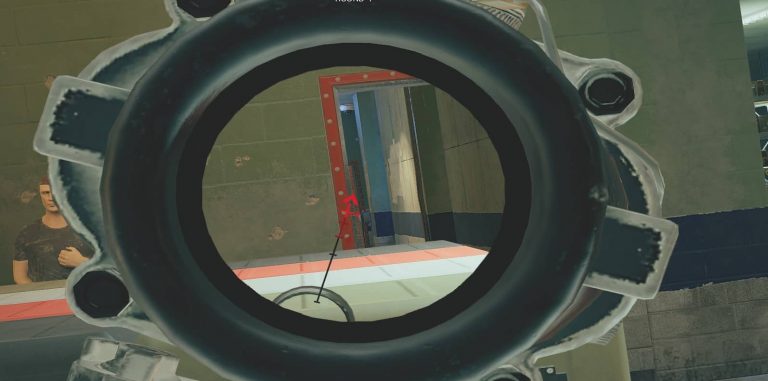
The farther from cover, the better
This applies to both holding an angle and peeking. If you stay close to the cover and your enemy is farther, then in most cases they will see you first when peeking you. There are two reasons for such an advantage on their side: peeker’s advantage and perspective.As we discuss here holding an angle and the distance from cover, let me post two videos here that describe perspective and its impact on holding an angle.
Peeking
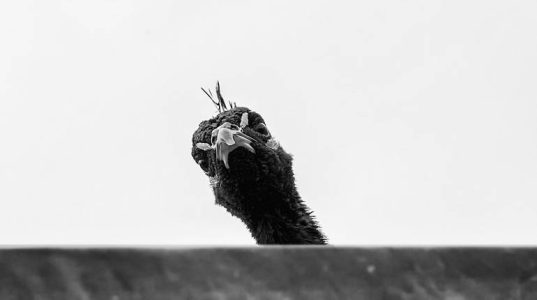
- Pick as quickly and narrow as possible
As mentioned above, try to give your enemy as little time possible to shot you while exposing the least of your hitboxes. - Don’t re-peek when an enemy is pre-firing the peek
Players regularly commit this mistake to peek at an angle when an enemy is continuously shooting at your previous peek position. Instead of immediately re-peeking the same spot, either adjust your peek or peek once they stop shooting.
- Change head level for re-peeks
This way, you increase uncertainty and need for adjustment (thus time) of the enemy’s crosshair placement, giving yourself an advantage, as well as the element of surprise.
- Re-peek at random time intervals
The enemy will have a harder time guessing when will you peek again if you are not re-peeking at the same time intervals.
- Farther from cover = better
Peeking while “hugging” the wall results in exposing your body to the enemy more and earlier than otherwise. This is due to camera placement in the middle of the body discussed earlier.
Anchors' gadgets
BEST UNIVERSAL GADGETS
- Barbed wire
A well-placed wire gives defenders an advantage due to slowing down enemies by either impairing their movement speed or forcing them to spend utility/time to destroy wires, which also results in sound cues for defenders.
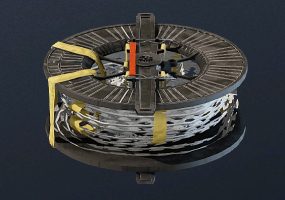
- Impact grenades
It allows the opening of new angles or rotation holes (almost always useful when playing bomb).
From the two explosives available to defenders as a universal gadget, the Impact grenade is superior for a quick hole opening.

- Nitro Cell
Just like Impact grenades, C4 can be used to create rotational holes and new angles.
Nitro is primarily used for killing attackers, especially useful against defuser plants and shield attackers.

Situational gadgets
- Deployable Shield
Aids anchors with providing additional cover, as well as allowing a safe view on the opposite side of the shield.
Used to be the weakest gadget on the defensive side, but got buffed by the developer
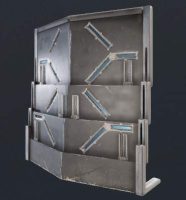
Bulletproof camera
The bulletproof camera can be handy, but its effectiveness depends on many variables, such as teammates’ communication level or general defensive plan.You should know where you plan to place a camera to give your team an advantage beforehand. If you don’t, then you are probably better off picking either Barbed wires or explosives.
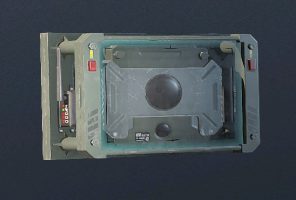
Proximity Alarm
A deployable device that emits a sound when enemies are within its line of sight and range.
Great tool for intel-gathering and covering your flanks.
